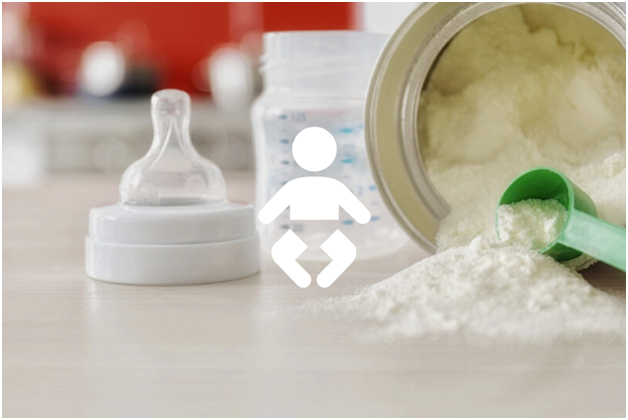Lawsuits concerning NEC formulas are increasingly becoming a significant issue in product liability law. These legal cases mainly target two major manufacturers of baby formula, Similac and Enfamil, who collectively hold about 40% of the infant formula market in the US. Allegations suggest that these companies have been producing cow’s milk-based formulas that may raise the risk of premature infants developing Necrotizing Enterocolitis (NEC).
A Numerous scientific studies indicate that cow’s milk-based formulas might trigger inflammation and excessive bacterial growth in infants’ intestines, potentially leading to NEC. Despite the first study suggesting this link dating back to 1990, these products continue to be marketed as safe for healthy full-term infants, posing severe risks when administered to premature infants.
The absence of warning labels on Enfamil’s packaging, manufactured by Mead Johnson, exacerbates the situation. Despite FDA recommendations against cow milk-based formula for premature infants, the lack of explicit warnings on the product packaging can mislead parents, placing the manufacturers under legal scrutiny.
At the heart of these lawsuits are allegations of misleading marketing practices and product liability. Parents argue that both Enfamil and Similac manufacturers not only neglected to warn about potential risks but also aggressively marketed their products as beneficial, even providing free samples to expectant mothers, thus misrepresenting the safety and efficacy of their products.
Complicating matters further are cases of infants suffering brain damage after consuming these formulas, prompting civil suits against both Similac and Enfamil manufacturers. These legal actions are founded on evidence-based feeding strategies revealing issues with the fortifiers used in these formulas.
While there are no ongoing Multidistrict Litigation (MDL) or class-action lawsuits in the US involving NEC and these formula manufacturers, some class actions have been filed in Canada. These legal actions indicate a growing trend and potential expansion of litigation surrounding these concerns.
The crux of these lawsuits revolves around product liability allegations, insufficient warnings, and negligent marketing strategies. Parents assert that the use of these formulas resulted in severe injuries and life-altering complications in their infants, including NEC and associated brain damage.
The outcomes of current and upcoming trials could significantly influence the course of these lawsuits. The likelihood of settlements, whether confidential or public, and verdicts is substantial, highlighting the ongoing significance and implications of NEC formula lawsuits in the foreseeable future.
Given these circumstances, legal professionals and investors must closely monitor the progress and outcomes of these lawsuits. Their ramifications could profoundly shape the strategic approaches to these legal proceedings and the financial responsibilities of the formula manufacturers involved, underscoring the ongoing relevance of NEC formula lawsuits in the years ahead.





